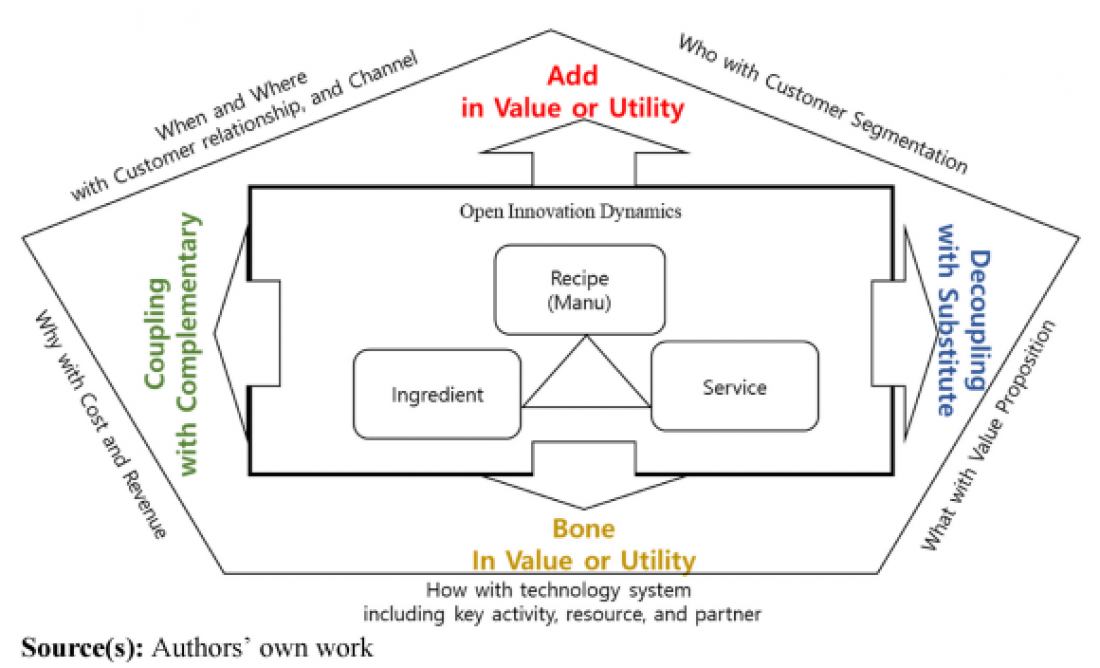□ Principal researcher Yun JinHyo and his team at the Division of Electronics and Information System, DGIST (President Lee Kunwoo) have, through joint global research, developed a new business model, the (adding)B(boning)C(coupling)D(decoupling) Business Model Innovation Frame.
□ Research teams from Korea (DGIST, principal researcher Yun JinHyo and team), Japan (Meijo University, Professor Yuri Sadoi and team), and Italy (University of Naples, Federico Ⅱ, Profs. Valentina Della Corte and Giovanna del Gaudi) collaborated to address a long-standing research problem in management: how business models can drive sustained innovation in the service industry.
□ First, on the Korean research team, Dr. Yun and others analyzed longevity factors by selecting five representative regional restaurants that have been in business for over 50 years. Each restaurant has made innovations to sustain its business model by appealing to consumers and improving or simplifying its recipes.
□ The Japanese research team discovered business models such as adding new services or transforming existing ones (e.g., from delivery to walk-in) via interviews with workers at Japan’s first Western-style restaurant and other individual restaurants with their own specialties. The Italian research team identified business model innovation in the form of the continuous addition of ingredients. For example, a seaside restaurant offering simple seafood dishes transformed itself by diversifying its seafood menu to include ingredients from farms in the Naples area and even ingredients from abroad, such as cheese.
□ By examining business innovation models utilized by restaurants in Korea, Japan, and Italy that have been operating for over 50 years, Dr. Yun and his team confirmed a constant innovation phenomenon that entails adding (improving) or boning (minimizing) existing recipes and coupling (adding key components to business models) or decoupling (switching and expanding to a new business model). The joint research team defined this as the A(adding)B(boning)C(coupling)D(decoupling) Business Model Innovation Frame.
□ Dr. Yun said, “Numerous manufacturing industries are becoming service-based in the 21st century, where digital transformation is occurring at a rapid pace. . . . The ABCD Business Model Innovation Frame has enabled the discovery of possibilities and directions for sustained innovation in the service industry in the era of digital transformation.”
□ The research has been published in the European Journal of Innovation Management (EJIM, SSCI, Q2), an esteemed journal on innovation management and business knowledge. Based on the findings, Dr. Yun and his team are planning a special program on service innovation business models for prospective restaurant and cafe owners in Korea.
- Ccorresponding Author E-mail Address : [email protected]



